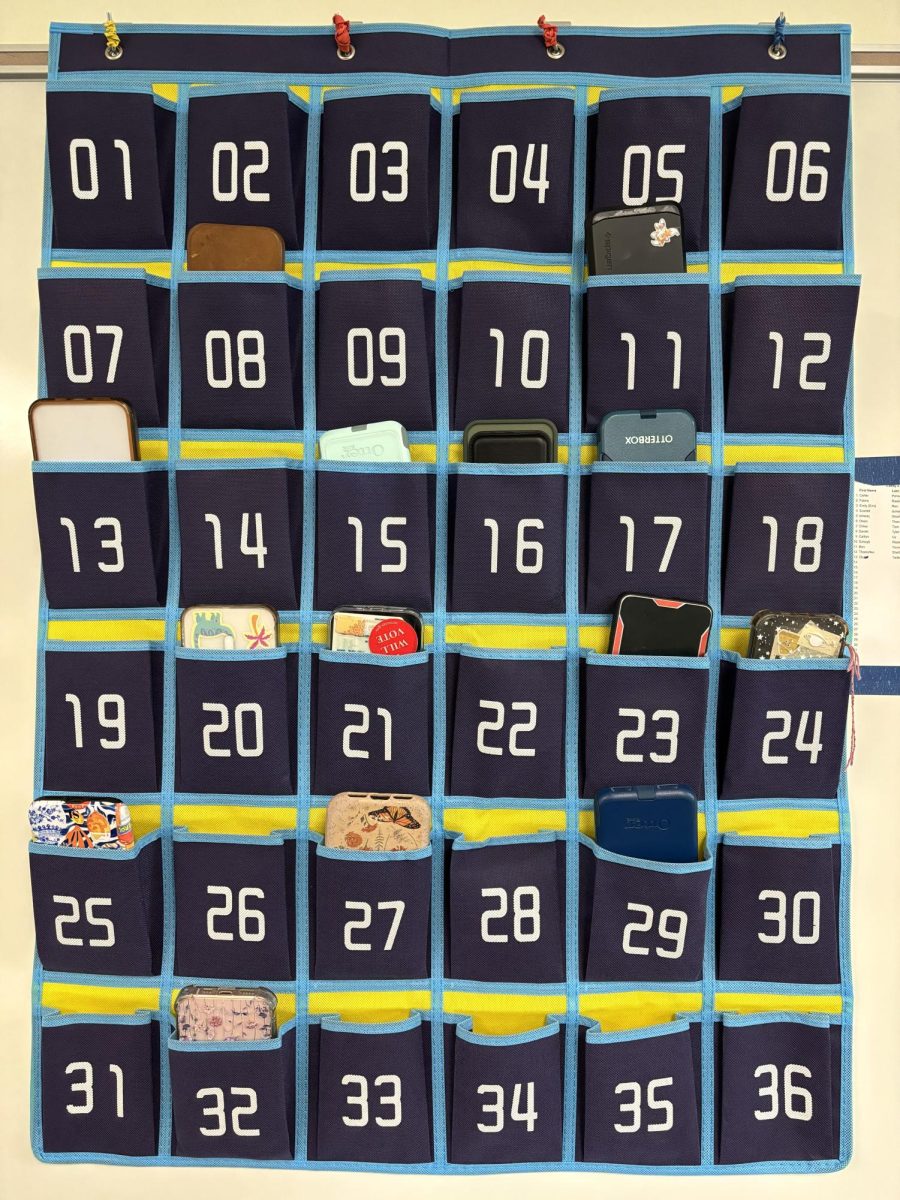On Aug. 28, Mounds View High School students received an email from Principal Rob Reetz concerning the new cell phone management plan. Students are required to put their phones in a class caddy, and refusing to comply with this policy will result in a referral or meeting with administration. Further consequences involve contacting the student’s parents or guardians and holding the student’s phone for the remainder of the school day and the day afterward.
A major reason Mounds View is looking to restrict smartphone use in classrooms is because phones have been proven to present a significant distraction to students. In a study by the University of Chicago Press, it was found that cell phones distract students when nearby, even though students report not thinking about their phones. Phones limit cognitive performance in tasks, such as learning in class. “We know the research well — that these phones are impacting student achievement, their engagement in learning, their relationships with one another and the health and well-being of teenagers,” said Reetz.
Last year’s cell phone management plan, in which students had to keep their phones in their backpacks during class, was inconsistent. Teachers would need to put a student’s phone in the caddy only if it became a repetitive problem, but the way each teacher reinforced the plan was different. “We noticed as the year went on, more and more students were able to use their phone in class and not be asked to put it in the caddy,” said Reetz. Reetz saw that the school needed a new plan that could remain consistent across all classes and the entire school year.
Teachers have seen improvements in class since students put phones in the caddies. Many believe it improves student engagement in the lessons and communication with peers. “I think there’s been more interaction in my classes, like between students,” said math teacher Kate Milkert.
Social studies teacher Kristin Heinz is happy that students do not have their phones out anymore. “I think students are always more engaged when they don’t have their phones…it’s nice to have students more attentive in class, so I’m pretty happy,” said Heinz.
Reetz acknowledges that the plan makes it difficult for students to reach their phones during security-related or medical emergencies, as well as natural disasters. He says that students are allowed to use their phones in those situations. Other than that, exemptions to the cell phone management plan are rarely given to students. Students with anxiety who want to listen to music are given the ability to do so through their chromebook. “To me, there’s no real reason—academic need—for students to have access to their phone during each 55-minute period,” Reetz said.
A common misconception is that Mounds View’s plan was because Governor Walz signed the Education Policy Omnibus last May, requiring all schools to create and adopt a cell phone policy by March 15, 2025. Mounds View High School’s plan has no relation to the state law and was created independently from the school board. This still leaves a possibility of the school board making minor changes to Mounds View High School’s cell phone plan next year before confirming it as the official, district-wide policy fulfilling the law.
So far, few issues have emerged because of the policy. Students and teachers are getting used to the caddy routine fairly quickly. This year is a big step toward limiting cell phone usage in the district, and the rest of the school district may see some similar policies next year.



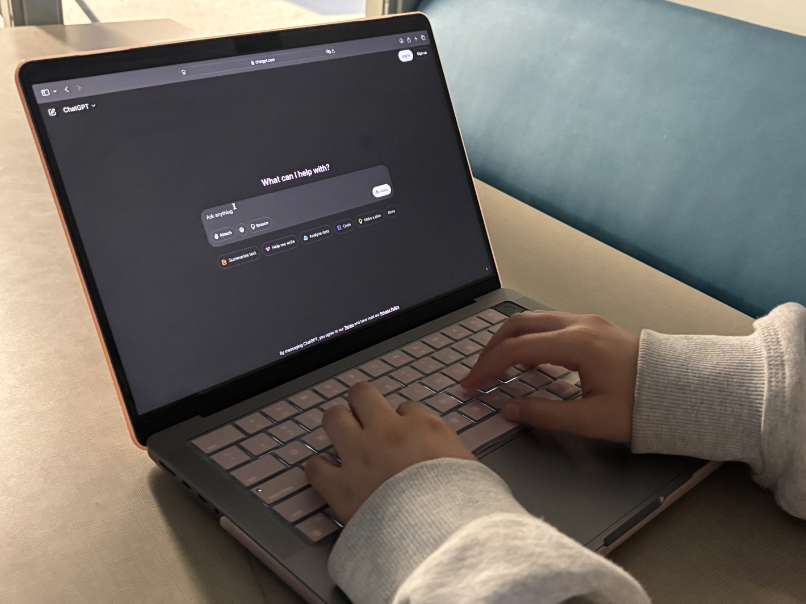







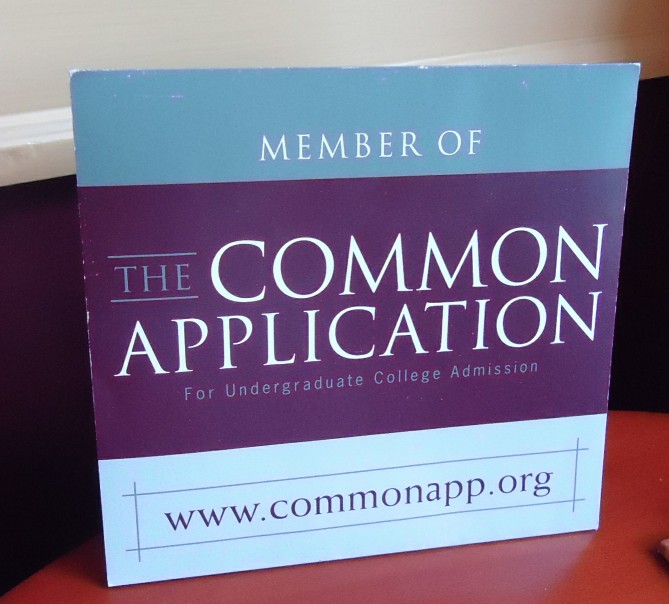


![[DEBATES] Prestigious colleges: value or hype?](https://www.mvviewer.org/wp-content/uploads/2024/12/buildings-1200x654.png)

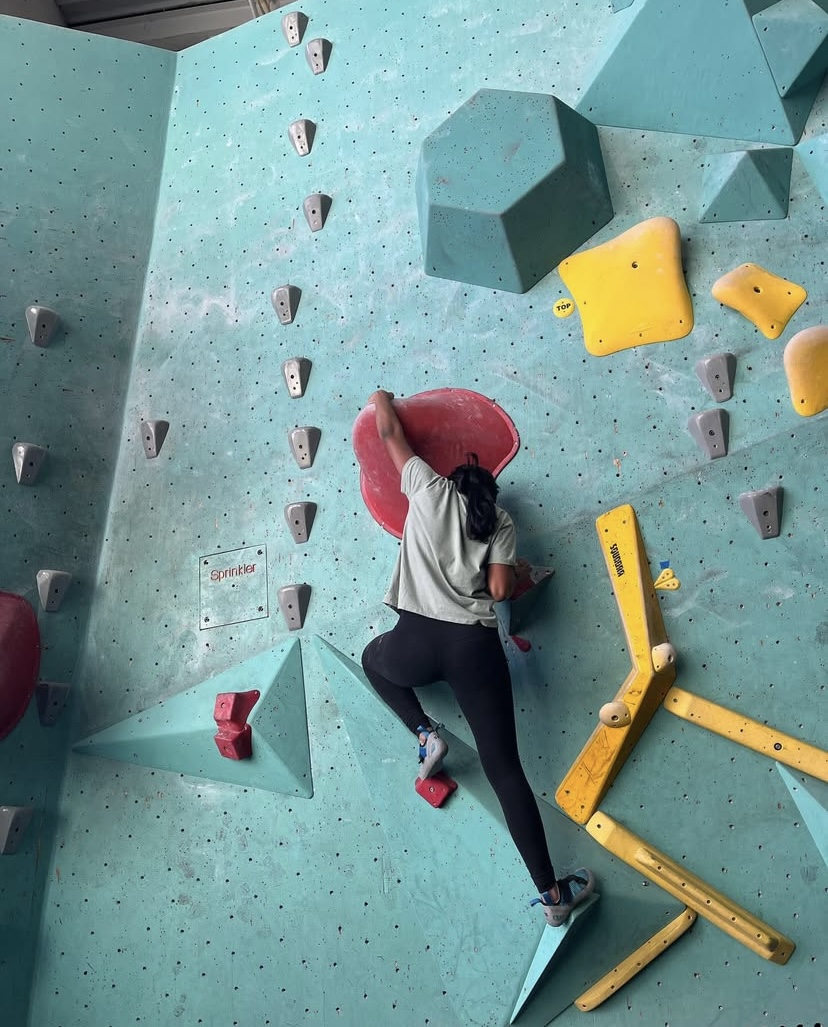




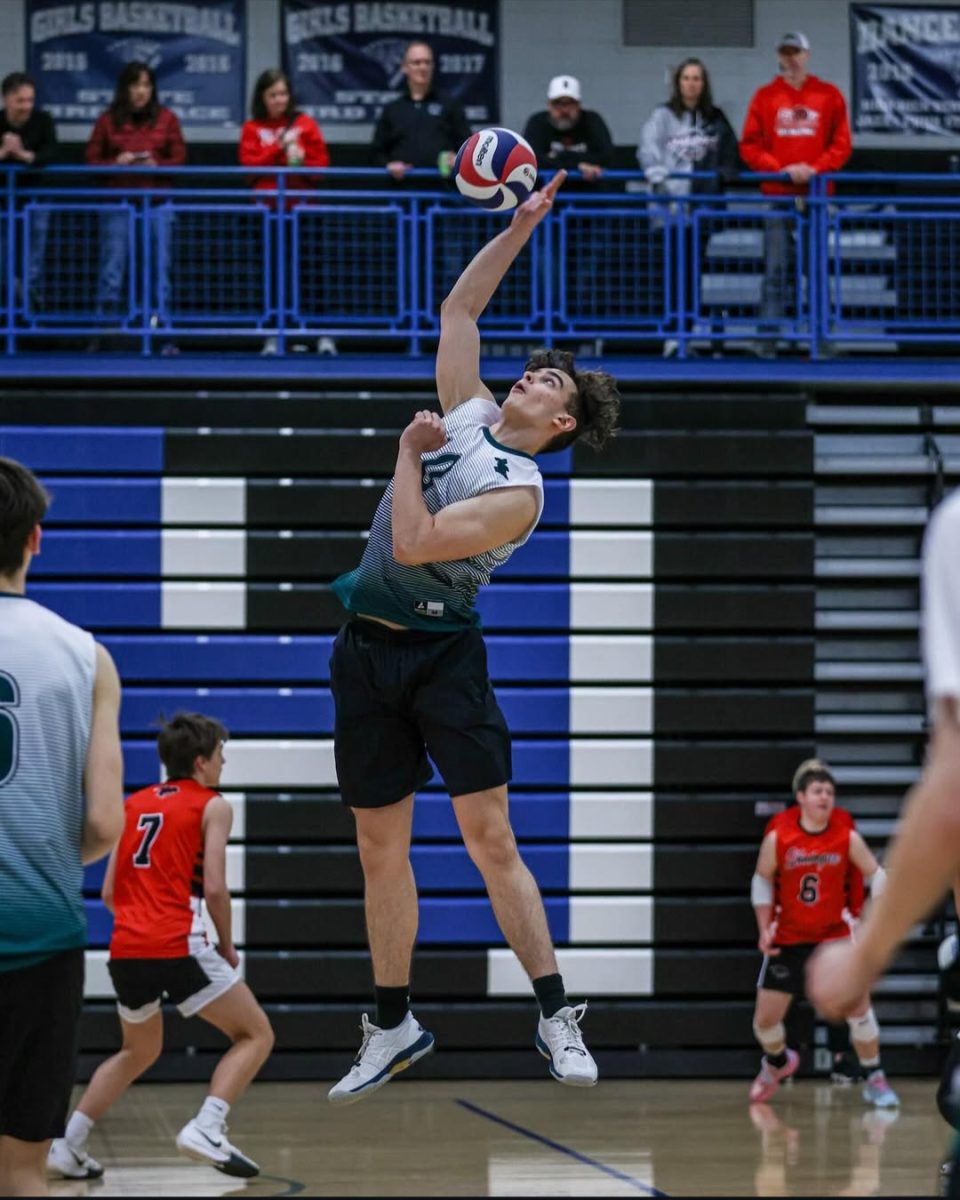
























![[OPINION] The dark origins of TikTok's looksmaxxing trend](https://www.mvviewer.org/wp-content/uploads/2024/02/Copy-of-Copy-of-Untitled-Design-1200x675.png)









